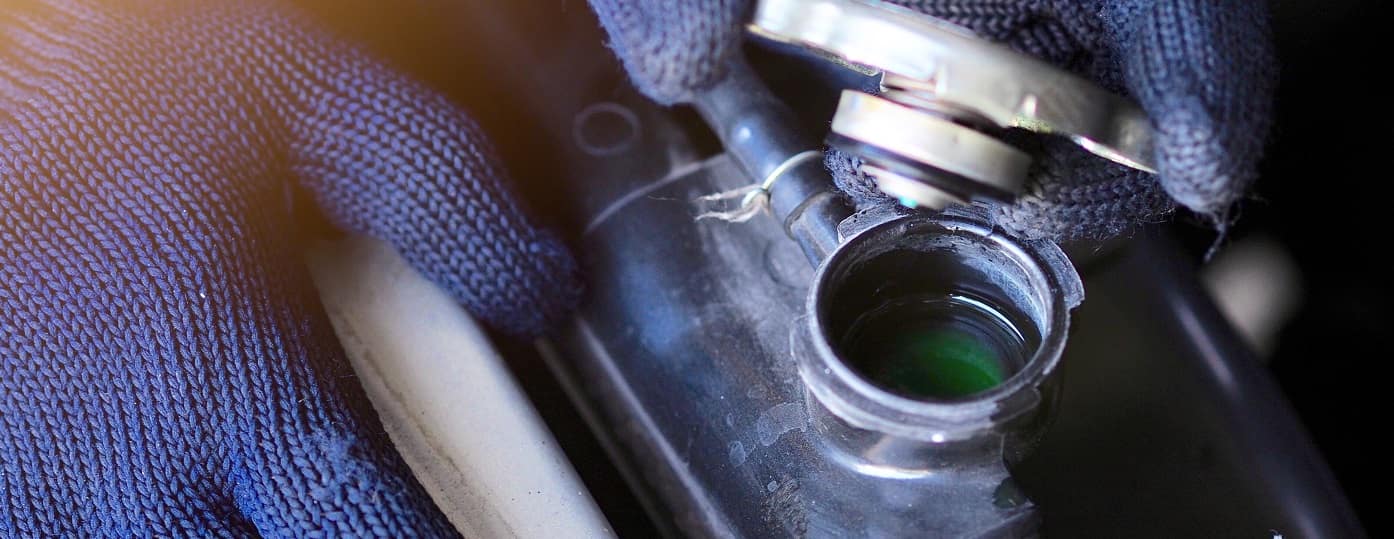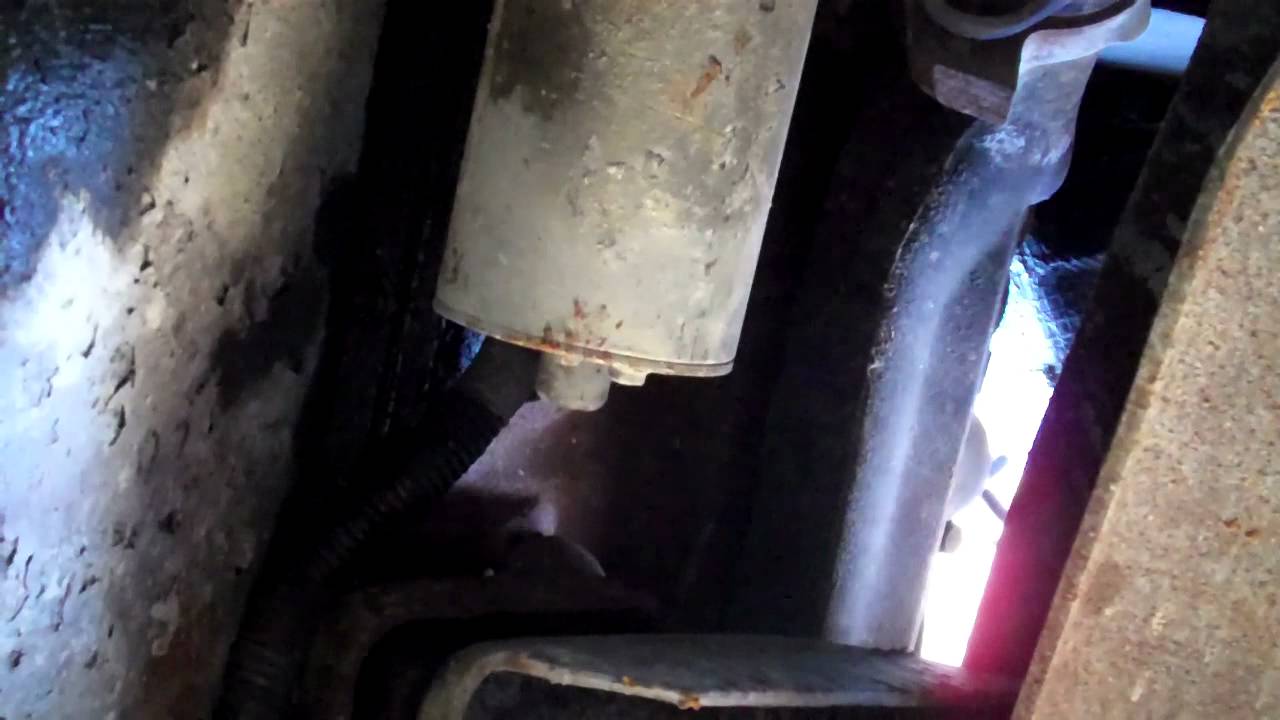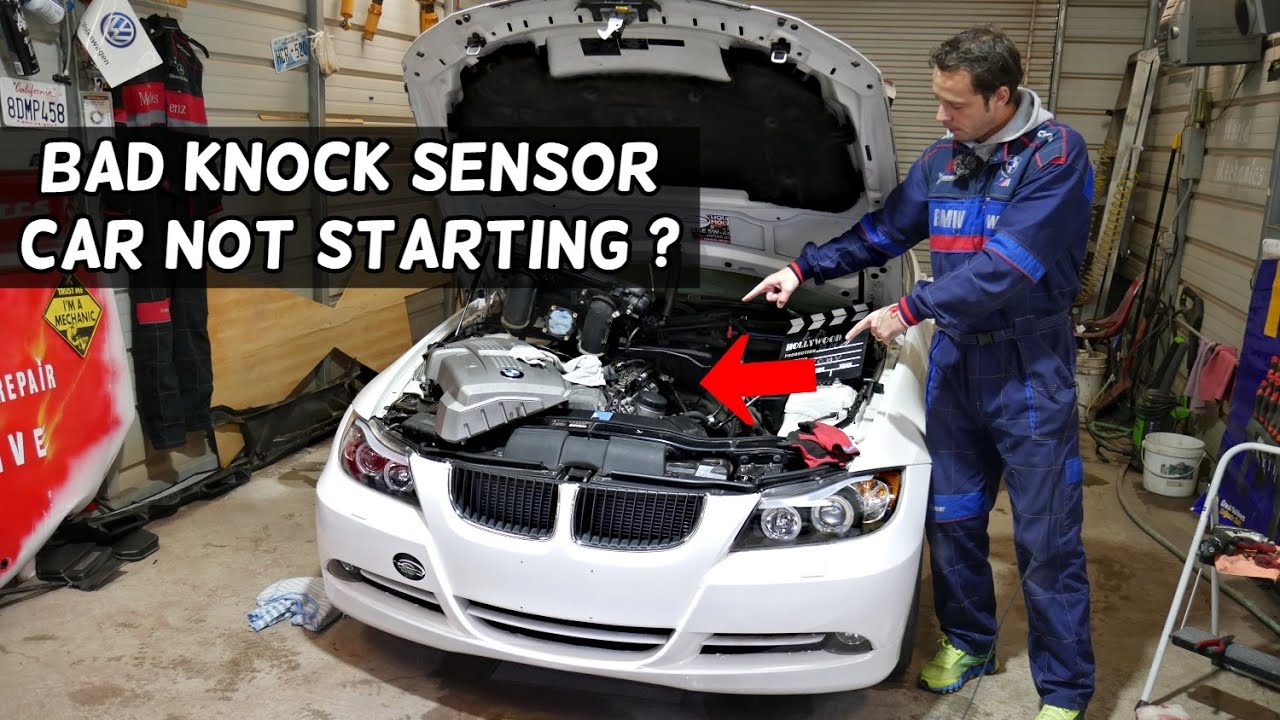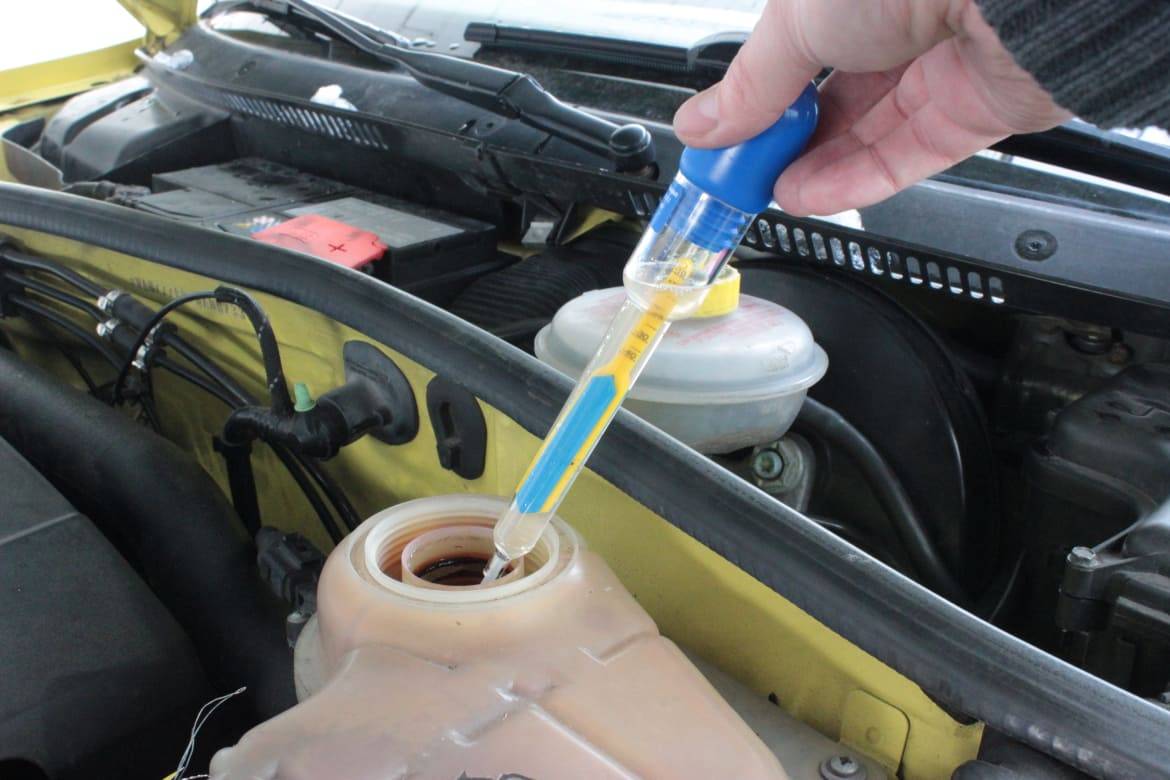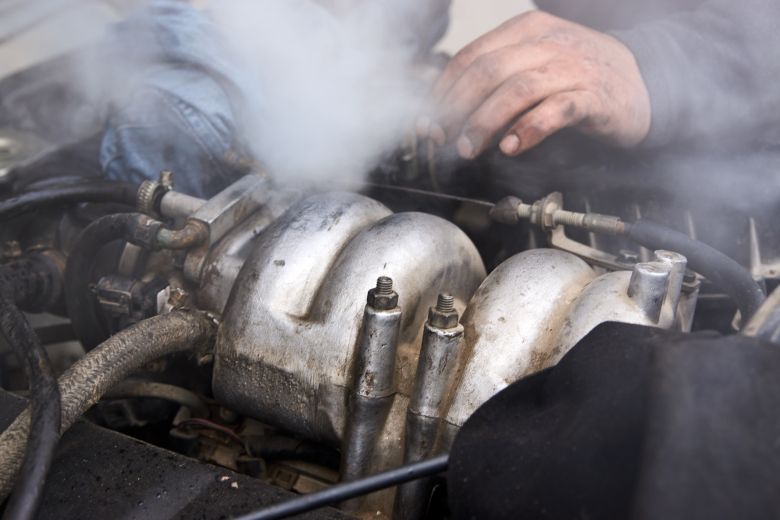Can a Bad Radiator Cap Cause a Leak
Yes, a bad radiator cap can cause a leak in the cooling system. The radiator cap plays an important role in maintaining the pressure required for the cooling system to function properly.
If the cap is faulty, it may not seal properly, leading to coolant leakage and potential engine overheating. In vehicles, the radiator cap acts as a pressure relief valve, allowing coolant to circulate between the engine and radiator. It also maintains the system pressure, preventing the coolant from boiling at high temperatures.
When the cap fails to seal correctly, it can result in coolant leakage. This leakage can occur at the cap itself, leading to a loss of coolant. Moreover, a defective cap can create air pockets within the system, causing additional issues such as inadequate cooling and engine overheating. Therefore, it is essential to ensure that the radiator cap is in good condition and functioning properly to avoid potential leaks and associated engine problems.
What Is A Radiator Cap?
A radiator cap is an essential component of a car’s cooling system. It is designed to seal the radiator and maintain the correct pressure within the system. This small but crucial part plays a significant role in preventing leaks, maintaining the coolant level, and ensuring proper engine temperature.
How Does A Radiator Cap Work?
A radiator cap operates under a simple yet effective mechanism. When the engine heats up, the coolant expands, creating pressure within the system. The radiator cap has a spring-loaded valve that allows excess pressure to escape into the overflow tank, thereby preventing damage to the radiator and other components. As the engine cools down, it also allows coolant to be drawn back into the radiator from the overflow tank.
Importance Of A Properly Functioning Radiator Cap
A properly functioning radiator cap plays an instrumental role in maintaining the health of a vehicle’s cooling system. It ensures that the correct pressure is maintained, preventing overheating and potential damage to the engine. Additionally, the radiator cap helps to keep the coolant from boiling over, protecting the system from leaks and maintaining proper coolant levels.

Credit: www.eliteacura.com
Signs Of A Bad Radiator Cap
A bad radiator cap can cause leaks, resulting in coolant loss and engine overheating. Look out for signs like coolant leakage, engine overheating, or steam coming from under the hood.
Constant Coolant Leakage
A bad radiator cap can cause constant coolant leakage. The radiator cap is designed to seal the coolant system and maintain the desired pressure levels. If the cap is faulty or worn out, it may no longer provide a tight seal, causing coolant to leak from the radiator.
Signs of constant coolant leakage include:
- Visible puddles or stains of coolant under the vehicle
- A sweet smell coming from the engine
- Decreased coolant levels in the radiator or coolant reservoir
If you notice any of these signs, it is important to address the issue promptly. Constant coolant leakage can lead to engine overheating and potential damage to other components.
Overheating Engine
An overheating engine is another sign that your radiator cap may be bad. The radiator cap plays a crucial role in maintaining the proper operating temperature of the engine. It helps pressurize the coolant system, which raises the boiling point of the coolant and prevents overheating.
If the radiator cap is faulty, it may not be able to maintain the necessary pressure, causing the engine to overheat. This can result in a variety of problems, such as:
- Increased risk of engine damage
- Reduced fuel efficiency
- Potential for engine stalling
If your engine is consistently running hot, it is important to check the condition of the radiator cap and replace it if necessary.
Steam Coming From The Radiator
One visual indicator of a bad radiator cap is steam coming from the radiator. When the radiator cap fails to maintain the correct pressure, it can lead to the coolant boiling and creating steam. This steam can escape from the radiator and be visible as a white vapor.
If you notice steam coming from the radiator, it is a clear indication that the radiator cap is not functioning properly. Continuing to run the engine in this condition can lead to further coolant loss, overheating, and potential engine damage.
Low Coolant Levels
A bad radiator cap can also result in consistently low coolant levels. The cap is responsible for sealing the coolant system and preventing any loss of coolant through evaporation or leakage. If the cap is faulty or damaged, coolant can escape, leading to a decrease in coolant levels.
Low coolant levels can have significant consequences, including:
- Increased risk of engine overheating
- Impaired cooling system functionality
- Potential for damage to engine components
Regularly monitoring coolant levels and replacing a faulty radiator cap can help prevent these issues and maintain the proper functioning of the cooling system.
Can A Bad Radiator Cap Cause A Leak?
Having a well-functioning radiator is crucial for the efficient cooling of your vehicle’s engine. However, did you know that a bad radiator cap can be a potential cause of leaks? Yes, you heard it right. A faulty radiator cap can lead to coolant leaks, which can eventually result in engine overheating and other related issues. Let’s take a closer look at the role of the radiator cap in preventing leaks.
The Role Of The Radiator Cap In Preventing Leaks
While the primary function of a radiator cap might seem simple – sealing the radiator to maintain proper pressure – it plays a vital role in preventing leaks. Here’s how it works:
- Sealing: The radiator cap creates a tight seal on the radiator neck, ensuring that no coolant escapes during the engine’s operation. This seal prevents any leaks that might occur due to cracks or other damages in the radiator.
- Pressure regulation: The radiator cap incorporates a pressure-relief valve that maintains the optimum pressure inside the radiator. It allows excess pressure to escape by releasing coolant into the overflow reservoir. This prevents pressure build-up, which can cause leaks in weak spots within the cooling system.
- Boiling point increase: Another crucial role of the radiator cap is to raise the boiling point of the coolant. By increasing the pressure within the system, the boiling point of the coolant is raised, allowing it to absorb more heat before reaching its boiling point. This helps in preventing coolant from boiling and subsequently causing leaks due to excessive pressure.
Now that we understand the importance of a radiator cap in preventing leaks, it’s essential to be aware of the signs that indicate a faulty cap. Look out for the following indicators:
- Leaking coolant: Coolant leaking from the radiator cap indicates a faulty seal, which can result in severe leaks if left unaddressed.
- Overheating engine: A bad radiator cap can lead to improper pressure regulation, causing the engine to overheat due to coolant loss or inadequate cooling.
- Coolant reservoir overflow: If you notice coolant constantly overflowing from the reservoir, it could be a sign of a malfunctioning radiator cap.
- Audible hissing sound: A faulty radiator cap may produce a hissing sound when the engine is turned off. This sound indicates that excess pressure is being released through the cap, implying a damaged pressure-relief valve.
As part of your regular vehicle maintenance routine, it’s recommended to inspect and replace a faulty radiator cap promptly to avoid potential leaks and engine damage. Remember, a small investment in a high-quality radiator cap can save you from costly repairs down the line.
Other Causes Of Radiator Leaks
Radiator leaks can be a major headache for car owners, and while a bad radiator cap can lead to leaks, there are other potential culprits that can cause coolant to seep out of your radiator.
Corrosion And Rust
Over time, metal components in the cooling system can corrode and rust, leading to tiny holes or weak spots that allow coolant to leak. This is especially common in older vehicles or those driven in harsh climates.
Physical Damage
Accidents, road debris, or even normal wear and tear can result in physical damage to the radiator, causing cracks or breaks that allow coolant to escape.
Faulty Gaskets Or Seals
The gaskets and seals in the cooling system can deteriorate over time, leading to leaks at connection points. This can occur at the radiator, water pump, or thermostat housing.
Excess Pressure In The System
If the pressure in the cooling system becomes too high, it can cause seals to fail and result in leaks. This can be caused by a malfunctioning pressure relief valve or a blocked or restricted cooling passage.
How To Fix A Bad Radiator Cap
A bad radiator cap can potentially cause a leak in the cooling system. To fix this issue, you can replace the faulty radiator cap with a new one. Ensuring your radiator cap is in good condition is essential for preventing coolant leaks and maintaining the proper functioning of your vehicle’s cooling system.
Replace The Radiator Cap
If you suspect that your radiator cap is causing a leak or not functioning properly, the best course of action is to replace it. Fortunately, this is a relatively simple and inexpensive fix. Here’s how you can do it:- Park your vehicle on a flat surface and ensure that the engine has cooled down completely.
- Open the hood and locate the radiator cap. It is usually on top of the radiator and has a small metal tab that you can grip.
- Place a cloth or towel over the cap to protect your hands from the heat.
- Gently twist and lift the cap in a counterclockwise direction to remove it.
- Inspect the old cap for any signs of damage, such as cracks, leaks, or a worn-out seal.
- Take the new radiator cap and align it with the opening on the radiator.
- Push down firmly while turning the cap clockwise to secure it in place.
- Ensure that the cap is properly tightened, but be careful not to overtighten it.
Inspect And Clean The Radiator
In addition to replacing the radiator cap, it is also important to inspect and clean the radiator to prevent any further leaks. Over time, debris and dirt can accumulate on the radiator, blocking the airflow and causing overheating. Follow these steps to inspect and clean the radiator:- Once again, make sure that the engine is cool before proceeding.
- Check the front of the radiator for any visible signs of damage, such as leaks, bent fins, or clogs.
- If you notice any damage, it may be necessary to take your vehicle to a professional for repairs.
- If the radiator appears to be in good condition, use a soft brush or compressed air to remove any dirt or debris from the fins.
- Be gentle when cleaning the fins to avoid causing any damage.
- Inspect the radiator hoses for any signs of wear or leaks. If necessary, replace them as well.
- Once the radiator is clean, replace the radiator cap and close the hood.
Check The Coolant Levels
One of the main functions of a radiator cap is to maintain the proper pressure in the cooling system, which helps prevent coolant leaks. However, a bad radiator cap may not seal properly, leading to a decrease in coolant levels. To check the coolant levels and address any potential issues, follow these steps:- Park your vehicle on a flat surface and allow the engine to cool down completely.
- Open the hood and locate the coolant reservoir. It is usually a translucent plastic tank connected to the radiator.
- Inspect the coolant level, which should be between the “Min” and “Max” marks on the reservoir.
- If the coolant level is low, carefully remove the cap from the reservoir and add a 50/50 mixture of coolant and distilled water until the level reaches the “Max” mark.
- Replace the cap securely and close the hood.
- Monitor the coolant levels regularly to ensure that there are no further leaks or issues.
Address Any Other Underlying Issues
While a bad radiator cap can cause leaks, it is important to address any other underlying issues that may be contributing to the problem. These can include:- Old or worn-out radiator hoses
- Clogged radiator fins
- A faulty water pump
- Excessive engine heat
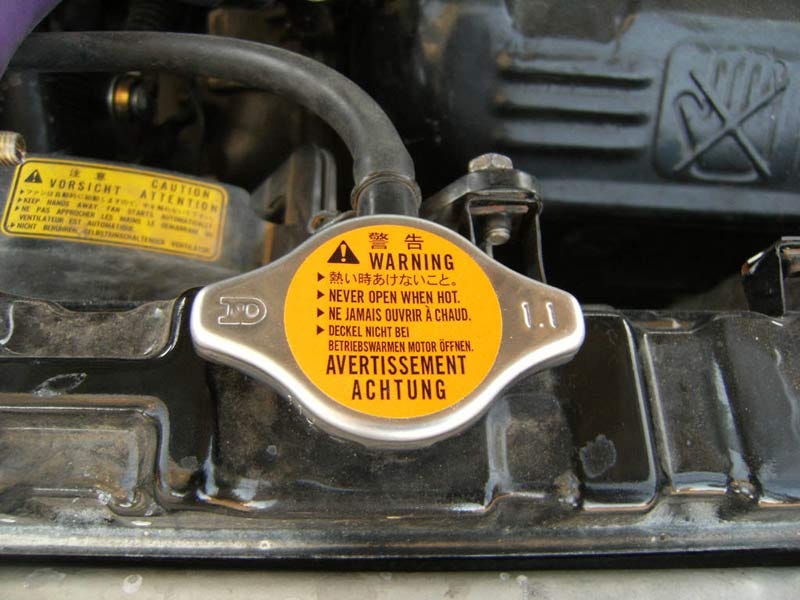
Credit: medium.com

Credit: m.youtube.com
Frequently Asked Questions Of Can A Bad Radiator Cap Cause A Leak
Can A Bad Radiator Cap Cause A Leak?
Yes, a bad radiator cap can cause a leak. The cap creates pressure in the cooling system, allowing coolant to circulate properly. If the cap is faulty, it can cause the coolant to boil and ultimately leak out. Regularly checking and replacing a bad radiator cap is crucial to prevent leaks.
How Can I Tell If My Radiator Cap Is Bad?
There are a few signs to indicate a bad radiator cap. Look for coolant leaks under your vehicle, an overheating engine, or low coolant levels in the reservoir. In some cases, you may also notice steam coming from the radiator.
If you suspect a bad radiator cap, it’s best to have it inspected and replaced by a professional.
What Problems Can A Bad Radiator Cap Cause?
A bad radiator cap can cause several problems. It can lead to coolant leaks, overheating of the engine, and potential damage to the radiator and other components of the cooling system. If not addressed promptly, it can result in costly repairs and even engine failure.
Regular maintenance and inspection of the radiator cap are essential to prevent these issues.
Conclusion
In sum, a bad radiator cap can indeed lead to a coolant leak, which can cause potential damage to the engine. It is crucial to regularly inspect and replace the radiator cap as part of routine vehicle maintenance to prevent such issues.
Ignoring a faulty radiator cap can lead to costly repairs, so it’s important to address the issue promptly.

